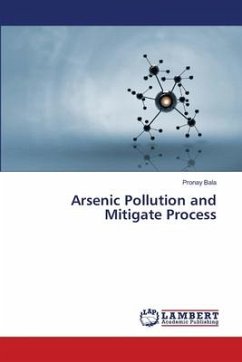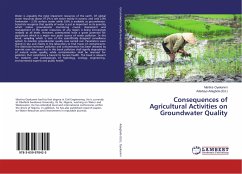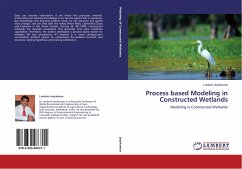In Asia, millions of citizens drink polluted water. One of the main threats to human health is the natural occurrence of arsenic in groundwater. Over 200 million people are estimated to be at risk of high arsenic exposure from drinking water in the Asian region. Local governments, funding agencies, local communities, universities, NGOs - all have recognized the arsenic problem and its devastating effects on human well-being. Not surprisingly, millions have been invested in finding solutions for the arsenic problem. Filters of different make, size and quality have been designed, deeper boreholes have been drilled and surface water has been used as a replacement for the arsenic contaminated ground water. Unfortunately, until now, no sustainable solution has been found. The abundance of technical answers to arsenic are either too expensive, produce untreatable waste, do not have the right scale, are not embedded in active social institutions, or are simply too complex. In other words, the fit between the technical solution and its intended socio-cultural environment has not yet been realized.








